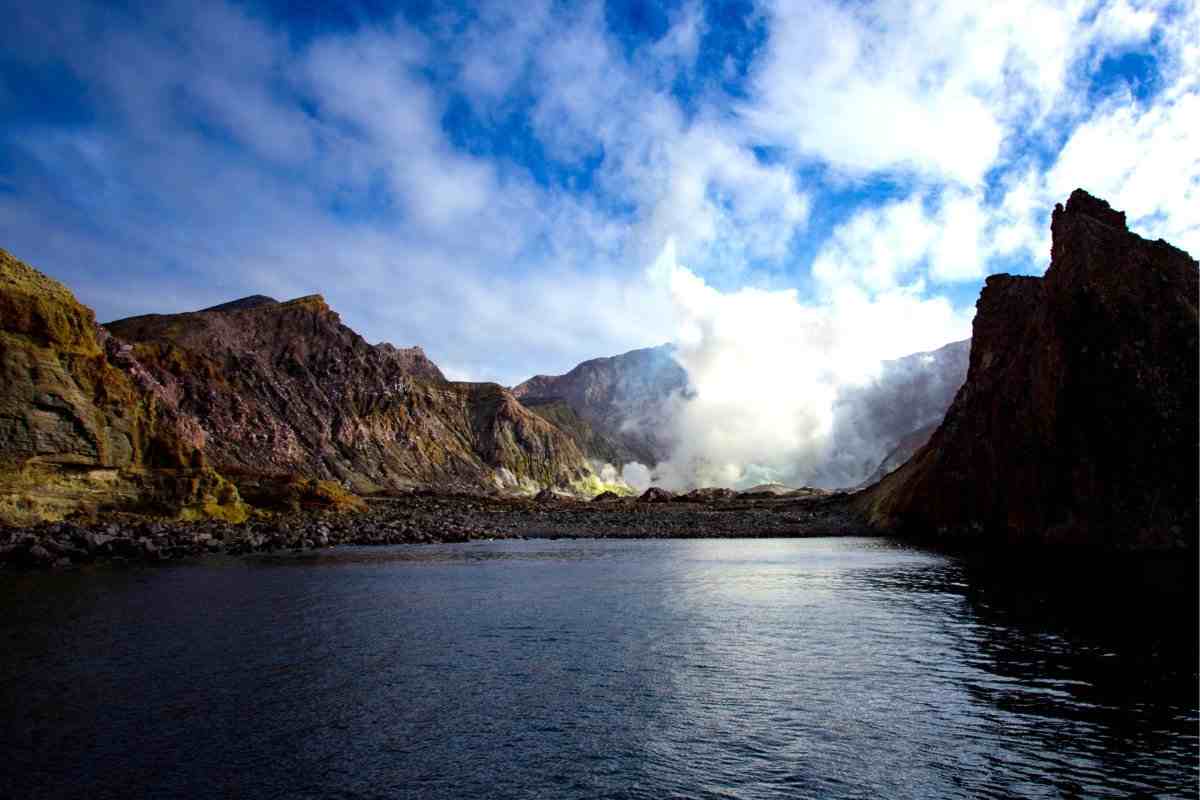High Court overturns Whakaari landowner’s conviction
The Court’s decision has far-reaching implications for climbing and other recreational access on private land. It may help to resolve many of the issues climbers have faced in recent years.
The Court’s decision has far-reaching implications for climbing and other recreational access on private land. It may help to resolve many of the issues climbers have faced in recent years.
It was for this reason that ACAT joined the proceedings as a third party ‘intervener’ last year on behalf of the outdoor recreation community.
We are reviewing the decision and will provide a full update on its implications for climbing and other recreational access soon.
However, right now our thoughts are with the victims, the families and their communities as they absorb the Court’s decision. What they have experienced during the tragedy in 2019 and the years since is unimaginable and our hearts go out to them.

Whakaari White Island in 2018. Photo: Edwin Sheppard.
Read more about the High Court’s decision
An explanation of the High Court’s decision is available from Bell Gully, ACAT’s instructing solicitor in the case. The full judgment contains multiple references to ACAT’s submissions, which we are pleased to see the judge found instructive.
ACAT’s role in the proceedings was to assist the Court with information about recreational access issues on private land. We made no submissions on other aspects of the case, including whether WML’s appeal should succeed or fail overall.
Stay posted for our more in-depth update. In the meantime, here is a quote from Moore J’s decision:
[268] It is in this regard that I consider ACAT’s helpful submissions to be particularly instructive. ACAT submits that a principled approach to help guide the inquiry into whether a risk arises from the workplace or the work activity taking place there is to ask whether any naturally occurring hazards are a reasonably foreseeable consequence of engaging in the work activity (and therefore to be construed as part of the activity) as opposed to unexpected dangers. […]
[269] I respectfully agree. As ACAT says, where someone knowingly signs up to an activity involving inherent but foreseeable natural hazards, the risks should be seen as arising from the work activity rather than the workplace.
Thank you
Our deepest gratitude to the talented people who contributed to ACAT's submissions, we were incredibly fortunate to have such a highly qualified team on the case:
- John Dixon, King's Counsel
- Charlie Cox, Barrister
- Rachel Brown, Partner, Bell Gully
- John Palmer, Barrister
- Edwin Sheppard, ACAT GM & Admitted Barrister and Solicitor